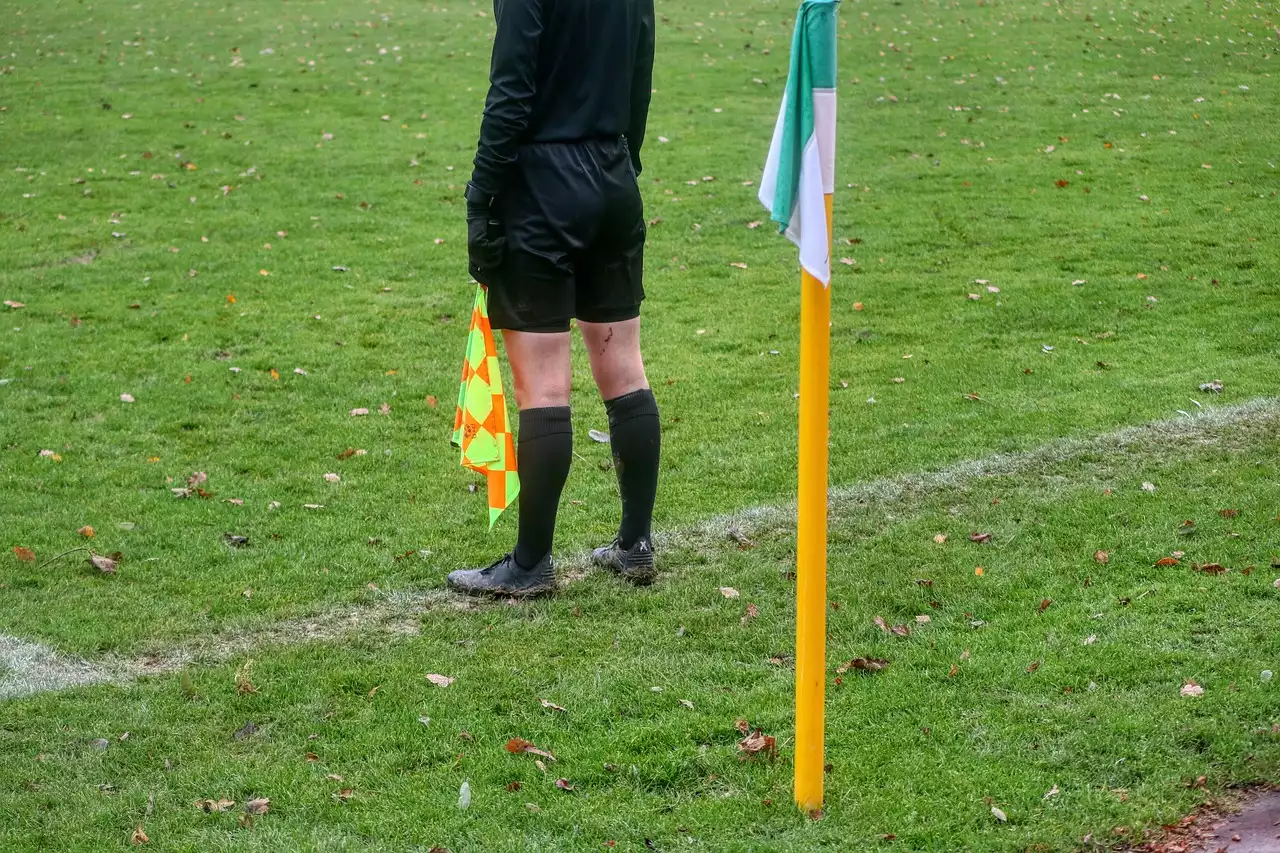Ancient China: The Birth of Cuju
One popular theory suggests that football originated in ancient China, where a game called Cuju was played as early as the 2nd and 3rd centuries BC. Cuju, which translates to "kick ball," was a game in which players used their feet to kick a ball into a net. It was a popular pastime during the Han Dynasty and was often played during military training exercises.
The rules of Cuju were relatively simple. The aim was to score goals by kicking the ball into a net. Players could use any part of their body except their hands to control the ball. The game was played on a rectangular field, and the ball was made of leather filled with hair or feathers. Cuju matches were often held during festivals, and they attracted large crowds of spectators.
While there is evidence to support the theory that Cuju was an early form of football, it is important to note that the game had its own unique characteristics and may not be directly linked to modern-day football. Nonetheless, it is fascinating to consider the possibility that the roots of football can be traced back to ancient China.
Mesoamerican Civilizations: The Influence of Tlachtli
Another theory points to ancient Mesoamerican civilizations, such as the Aztecs and Mayans, who played a similar ball game called Tlachtli. Tlachtli was a ritualistic game played by these civilizations for religious and entertainment purposes. It involved a rubber ball that had to be passed through a stone ring without using hands or feet.
Tlachtli was more than just a game; it held deep cultural significance for the Mesoamerican civilizations. It was believed to be a representation of cosmic battles between gods and had elements of both sport and ritual. The game required players to exhibit skill, agility, and teamwork, making it a precursor to modern team sports like football.
While Tlachtli may not have directly influenced the development of football, it is clear that the concept of using a ball in a competitive setting has ancient roots that extend beyond the borders of Europe.
England: The Birthplace of Modern Football
However, the birth of football, as we know it today, is often credited to England. The modern game took shape in the mid-19th century when organized rules were established, leading to the formation of the Football Association (FA) in 1863. The FA standardized the rules and regulations of the game, paving the way for its widespread popularity.
The early versions of football played in England were often chaotic and lacked uniformity. There were no standardized rules, and each region had its own variations of the game. However, a turning point came with the introduction of the Cambridge Rules in 1848. These rules, formulated by a group of university students, laid the foundation for the modern game of football.
The establishment of the FA brought further structure and organization to the sport. It introduced regulations such as the prohibition of handling the ball, the offside rule, and the concept of fouls. The FA also played a crucial role in promoting the sport and overseeing its growth both domestically and internationally.
From England, football quickly spread across the globe. The sport gained popularity in other European countries, and by the late 19th century, it had found its way to South America. The creation of international competitions, such as the World Cup, further fueled the global appeal of football.
Conclusion
In conclusion, the origins of football are a subject of much speculation and debate. While ancient China and Mesoamerican civilizations had their own ball games that bear similarities to football, it is England that is widely regarded as the birthplace of the modern game. The establishment of the Football Association and the subsequent standardization of rules played a pivotal role in shaping football into the global phenomenon it is today.
Football's journey from its humble beginnings to its current status as the world's most popular sport is a testament to its universal appeal. Regardless of where it was invented, football has transcended borders, cultures, and languages to unite people in the shared joy and passion for the beautiful game.
Join us on this journey through time as we uncover the fascinating origins of football and the factors that shaped it into the global phenomenon it is today.
*Did you enjoy this article? Stay tuned for more fascinating insights into the world of sports!*












